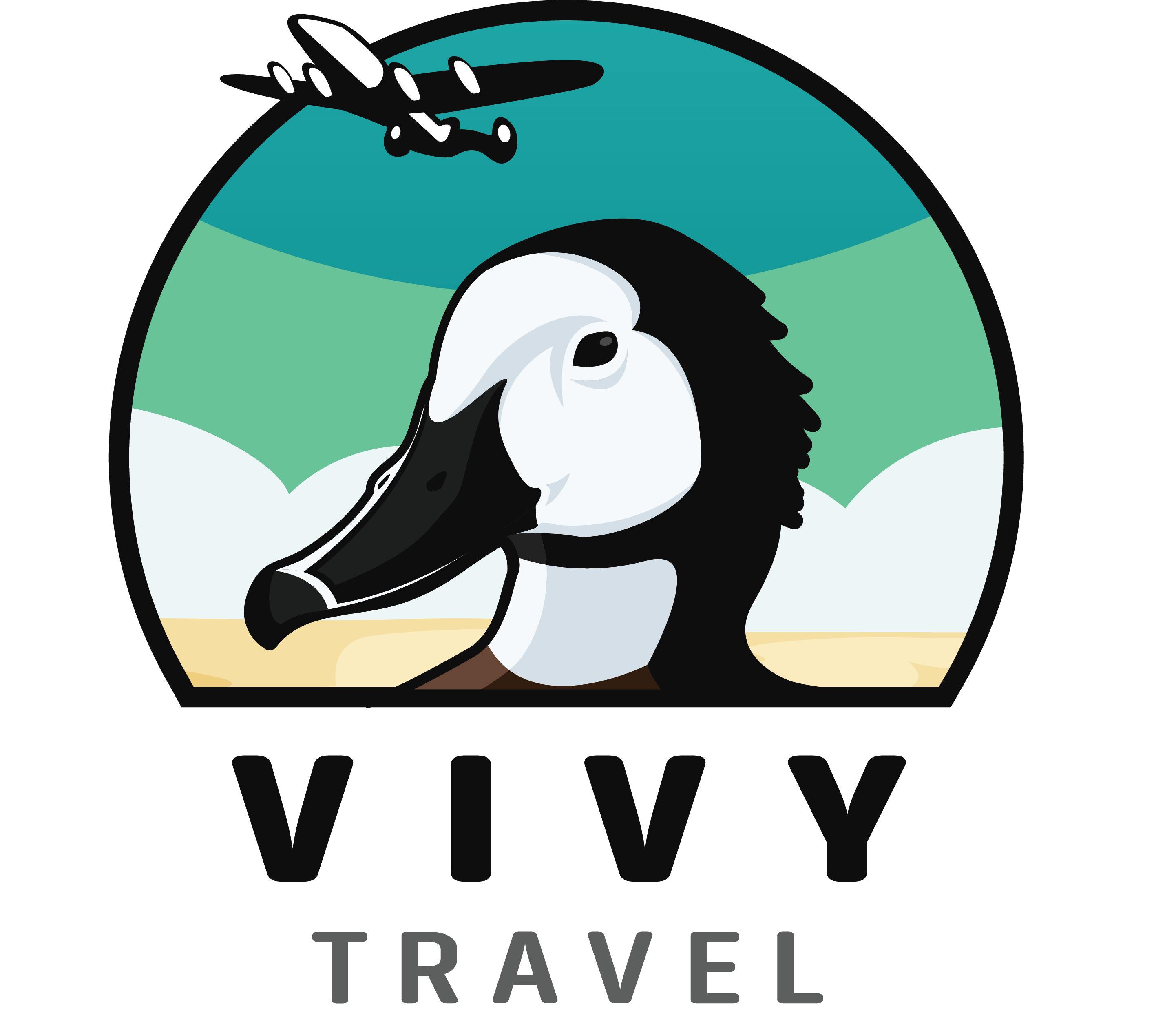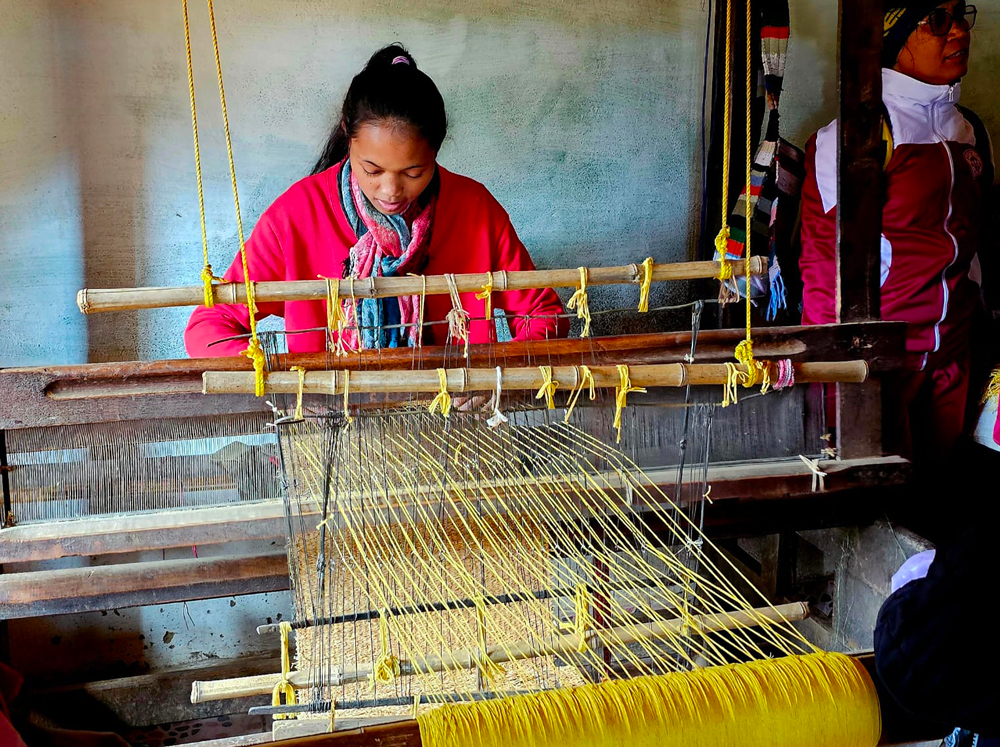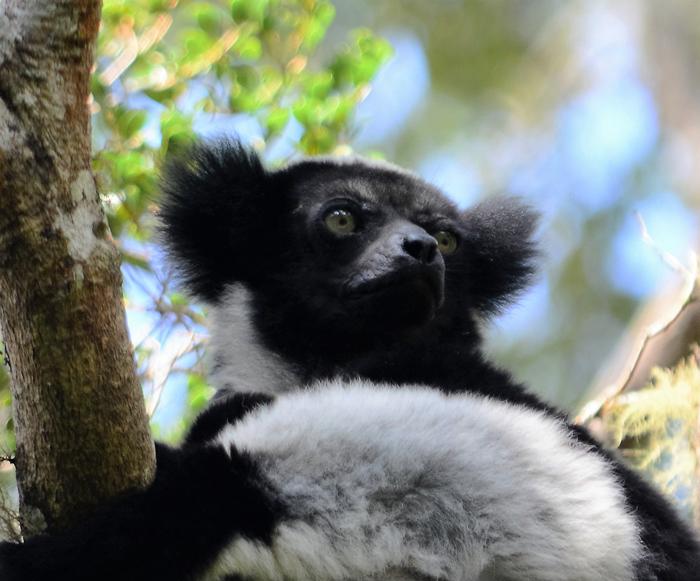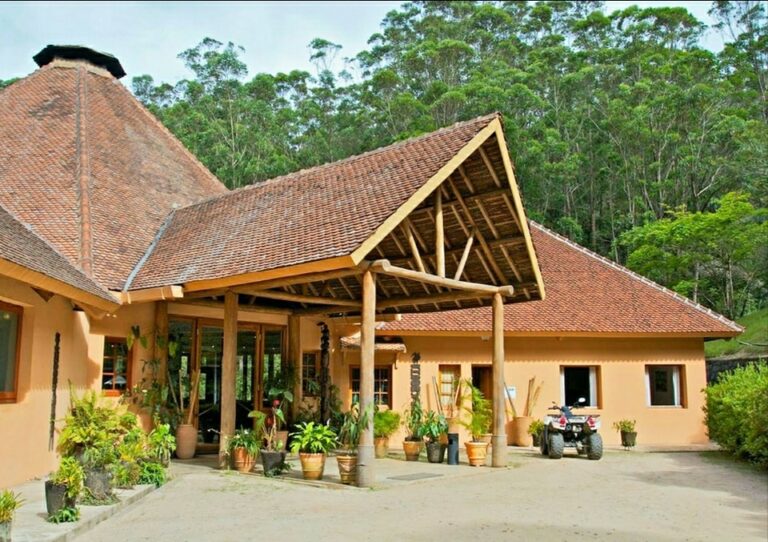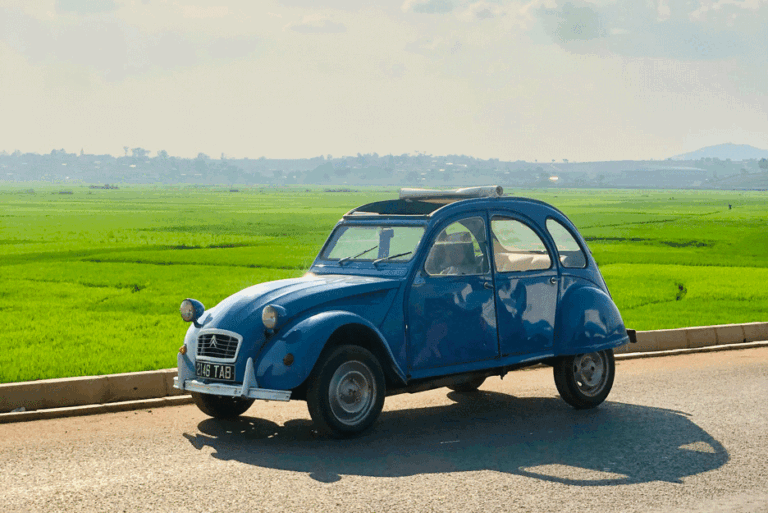In Madagascar, the artisan circuit—also commonly known as the “Craft Route”—is a tourist trail that allows visitors to discover local know-how through workshop visits and direct encounters with artisans. This type of tour highlights Malagasy cultural heritage and promotes more responsible and supportive tourism. It’s also a more tangible way to support the local economy outside of popular tourist zones.
Among the best-known routes is the RN1 (National Road 1), which runs between Antananarivo and Soavinandriana. Over approximately 145 km, travelers can visit several workshops : zebu horn transformation, wood carving, weaving, basketry, and more. This project aims to support artisans, facilitate their access to raw materials, and offer an authentic experience to visitors—who can sometimes even take part in the creative process.
Antsirabe, a city well known for its crafts, also offers similar circuits, although direct participation is not always possible due to the complexity of some techniques. Visitors can tour silk workshops, miniature makers, embroidery studios, and lapidary workshops (stonework). These visits are also a chance to discover the city’s history.
Further south, Ambositra is considered the capital of Zafimaniry woodcarving, a skill recognized by UNESCO as intangible cultural heritage. In this region, artisans still use traditional techniques passed down through generations.
Around Antsirabe, there are also more rural circuits where visitors can explore traditional soap-making, brickworks, and tile-making workshops, offering a glimpse into the daily life of local artisans.
These circuits have several goals : to preserve and pass on traditional skills, diversify the tourism offer, train artisans (in language, hospitality, and safety), and support the local economy. A portion of the income is often redistributed to the communities.
Among the crafts encountered along the way are weaving, woodcarving, batik art, toy-making, metalwork, and handmade soap production.
We invite you to discover this entirely different side of tourism in Madagascar, which is also a direct way to connect with local people.
